Selling Your Chicago Home Post-Fire: A Comprehensive Guide
After a fire in Chicago, selling your house involves adhering to stringent post-disaster housing reg…….
In the heart of Chicago, a unique real estate phenomenon has emerged, captivating both locals and outsiders—the concept of selling homes after a fire. This intriguing practice involves restoring and revitalizing properties that have been damaged by flames, offering a second chance for both homeowners and the city’s real estate market. In this article, we embark on a comprehensive journey to unravel the complexities and opportunities surrounding this niche yet vital aspect of Chicago’s urban landscape. We will explore its historical roots, global implications, economic drivers, technological innovations, regulatory frameworks, and the challenges it presents. Furthermore, through case studies and insights into future trends, we aim to provide an in-depth understanding of how “sell house after fire Chicago” shapes the city’s residential tapestry and offers a sustainable path forward.
“Sell house after fire Chicago” refers to the specialized real estate practice of purchasing, rehabilitating, and reselling homes that have been partially or entirely destroyed by fires. This process involves a multifaceted approach, combining elements of construction, urban planning, and community development. At its core, it is about transforming damaged properties into habitable, aesthetically pleasing, and valuable assets once again.
Historically, this practice gained prominence in Chicago during the late 19th and early 20th centuries when the city experienced rapid industrialization and urban expansion. Frequent fires, often triggered by the city’s bustling industrial landscape, led to the emergence of innovative builders and developers who saw potential in rebuilding efforts. Over time, this evolved into a structured process, with dedicated professionals specializing in fire-damaged property restoration.
The concept involves several key steps:
Acquisition: Real estate investors or specialized companies identify and acquire homes that have suffered fire damage, often through foreclosure, auction, or direct purchase from homeowners.
Assessments: Experts conduct thorough inspections to evaluate the extent of damage, structural integrity, and potential reconstruction challenges. This stage is crucial for determining the scope of work and costs involved.
Restoration: Skilled contractors and builders employ various techniques to restore the property, including rebuilding, remodeling, or combining both. This phase may involve architectural modifications, system upgrades, and meticulous attention to detail to ensure the home meets safety and quality standards.
Re-sale: Once restored, the property is listed for sale, attracting buyers who appreciate the unique opportunity to own a newly rejuvenated home in a vibrant city like Chicago.
The “sell house after fire Chicago” phenomenon extends beyond local boundaries, with its impact felt globally due to several factors:
Urbanization: Chicago, like many metropolises worldwide, is a hub of urbanization, experiencing constant population growth and evolving real estate demands. This creates a consistent market for well-restored properties, as they cater to the needs of a growing urban population.
Tourism: The city’s rich cultural heritage, architectural marvels, and iconic landmarks draw tourists from around the world. Restored homes can contribute to the overall charm of neighborhoods, enhancing their appeal to visitors and potential permanent residents.
International Investment: Chicago’s robust economy and diverse real estate market attract foreign investors seeking opportunities for growth and diversification. The “sell house after fire” concept offers a unique investment strategy, allowing international investors to participate in the city’s resilience and rebirth.
Internationally, several trends shape this industry:
Sustainable Reconstruction: There is a growing emphasis on eco-friendly rebuilding practices, incorporating energy-efficient systems, sustainable materials, and green design principles to create modern, environmentally conscious homes.
Technological Integration: Advanced technologies are being integrated into the restoration process, including smart home systems, automated building controls, and digital design tools, enhancing property value and appeal.
Collaborative Efforts: In many regions, government bodies, non-profit organizations, and private developers collaborate to support fire-damaged communities, providing resources, financial aid, and expertise for comprehensive recovery efforts.
The economic aspects of “sell house after fire Chicago” are multifaceted and play a crucial role in the city’s real estate market:
Supply and Demand: Fire-restored homes represent a niche segment within the broader Chicago real estate market, creating a unique supply dynamic. The demand for these properties often exceeds supply, especially in areas with strong community ties and desirable locations.
Price Points: Prices for restored homes can vary widely depending on factors such as the extent of damage, neighborhood desirability, and the quality of restoration work. Some properties may be sold at premium prices, reflecting their unique character and location.
Real Estate Investors: Chicago attracts a significant number of real estate investors who specialize in acquiring undervalued properties, including those damaged by fires. They see potential for substantial returns through meticulous renovation and strategic reselling.
Private Equity and Funds: Private equity firms and investment funds often invest in real estate projects, including fire restoration, as part of their diverse portfolio strategies. These investments can stimulate local economies and contribute to urban renewal.
Community Development: Non-profit organizations and community development financial institutions (CDFI) play a vital role in providing financing options for homeowners affected by fires, offering grants, low-interest loans, and down payment assistance to encourage reconstruction and rebuilding.
Job Creation: The industry supports various jobs, from construction workers and contractors to real estate agents, lawyers, and appraisers. This contributes to Chicago’s overall employment landscape and economic stability.
Community Revitalization: Successful fire restoration projects can revitalize neighborhoods, increasing property values, attracting new businesses, and fostering a sense of community pride.
Technology plays a pivotal role in modernizing the “sell house after fire” process, enhancing efficiency, sustainability, and overall quality:
Digital Design Tools: Advanced 3D modeling software allows designers and architects to create virtual prototypes of restored properties, enabling clients to visualize the final result before construction begins.
Building Information Modeling (BIM): BIM technology provides a comprehensive digital representation of a building’s systems and components, improving coordination among contractors, engineers, and designers during the restoration process.
Smart Home Systems: Integrating smart home technologies into restored properties adds value and appeal to potential buyers. These systems offer enhanced security, energy efficiency, and convenience through automated controls for lighting, temperature, and security systems.
Drones and Remote Sensing: Drones are utilized for detailed property inspections, providing bird’s-eye views and high-resolution images for assessing damage and monitoring construction progress. Remote sensing technologies can also aid in identifying areas prone to fire risk.
Navigating regulatory requirements is essential for the successful execution of “sell house after fire” projects. Chicago, like many cities, has established guidelines and regulations to ensure safety, quality, and community standards:
Building Codes: Local building codes dictate construction and renovation standards, including structural integrity, electrical systems, plumbing, and safety measures. Compliance with these codes is mandatory for all restoration projects.
Zoning Regulations: Zoning laws govern the permitted uses of land and structures, influencing how restored properties can be utilized. Developers must ensure their plans align with local zoning ordinances to avoid legal issues.
Permitting and Licensing: Various permits and licenses are required at different stages of the project, including building permits for construction, electrical and plumbing permits, and business licenses for real estate activities.
Environmental Regulations: Chicago has strict environmental standards, particularly regarding asbestos abatement, lead paint removal, and proper disposal of construction waste during restoration work.
Despite its potential benefits, the “sell house after fire Chicago” practice is not without challenges:
Community Acceptance: In some cases, residents may resist reconstruction efforts due to personal trauma or a desire to preserve historic structures. Gaining community support and understanding is essential for successful projects.
Financial Risks: Investors and developers bear the financial burden of restoration costs, which can be significant. The potential for unforeseen expenses and delays adds financial risk to these projects.
Supply Chain Disruptions: Global supply chain issues, especially in the construction sector, can impact material availability and pricing, affecting project timelines and budgets.
Safety Concerns: Fire-damaged properties may present hidden structural issues or hazardous materials, requiring specialized safety measures and inspections to ensure worker and community safety.
In Chicago’s historic Old Town neighborhood, a group of developers acquired several fire-damaged townhouses and embarked on an ambitious restoration project. They focused on preserving the area’s architectural charm while incorporating modern amenities. By employing sustainable rebuilding practices and engaging local artisans, they created a vibrant, mixed-use community. This project successfully revitalized the neighborhood, attracting young professionals and families seeking unique, well-designed homes.
Lessons Learned:
After a major fire in a low-income neighborhood, a non-profit organization stepped in to provide disaster relief and community development solutions. They acquired damaged homes, offering them as affordable housing options for displaced residents. The project involved comprehensive restoration, along with community support programs and job training initiatives. This approach not only provided immediate housing solutions but also contributed to long-term economic empowerment for the neighborhood.
Key Takeaways:
The “sell house after fire” concept is poised for growth, driven by emerging trends and technology:
Sustainable Urban Development: There is a growing emphasis on sustainable rebuilding practices, with an eye towards reducing carbon footprints and promoting eco-friendly materials and designs.
Smart Cities and Home Automation: The integration of smart home technologies will continue to be a significant trend, offering enhanced comfort, security, and energy efficiency in restored properties.
Collaborative Platforms: Online platforms facilitating collaboration among developers, contractors, and homeowners can streamline the restoration process, improve communication, and enhance project outcomes.
Digital Twin Technology: Creating digital twins of buildings allows for virtual monitoring, maintenance, and even remote management of restored properties.
Community Engagement Apps: Utilizing mobile apps to engage residents in restoration projects, gather feedback, and foster a sense of ownership can lead to more successful community-driven revitalizations.
In conclusion, the “sell house after fire” approach offers a unique opportunity for urban renewal, community development, and sustainable building practices in Chicago and beyond. By addressing challenges, leveraging technology, and fostering collaboration, this concept can contribute to vibrant, resilient, and diverse neighborhoods while providing much-needed housing solutions.
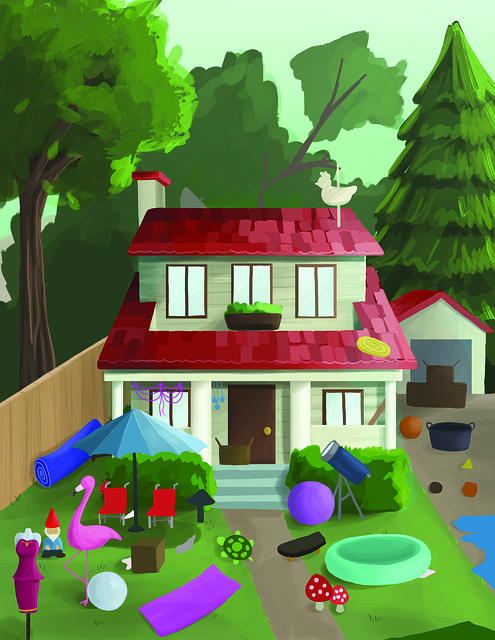
After a fire in Chicago, selling your house involves adhering to stringent post-disaster housing reg…….
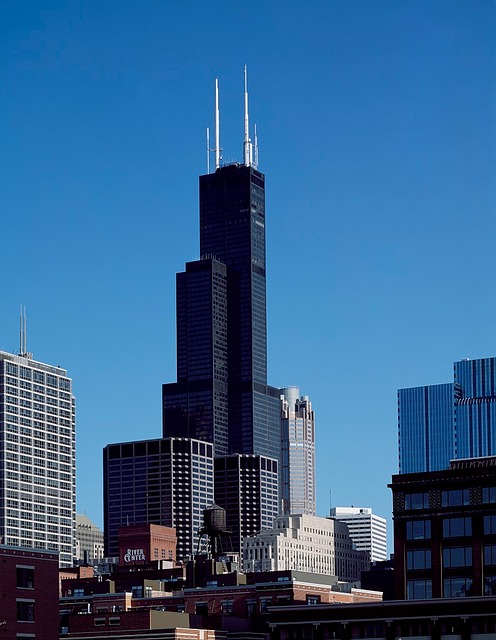
After a fire in Chicago, homeowners must navigate complex decisions regarding their property. Unders…….
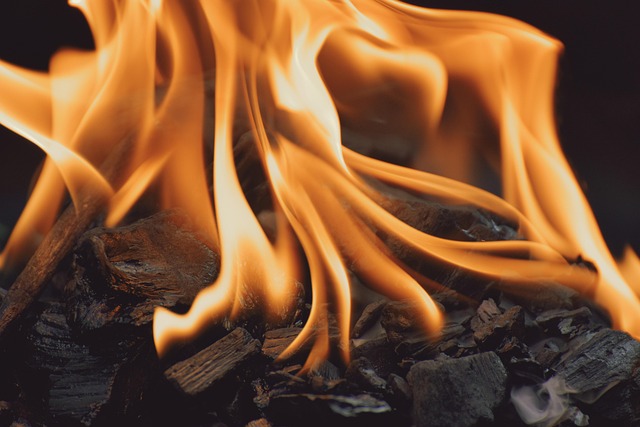
Distressed property sales in Illinois, especially post-fire situations in Chicago, present opportuni…….
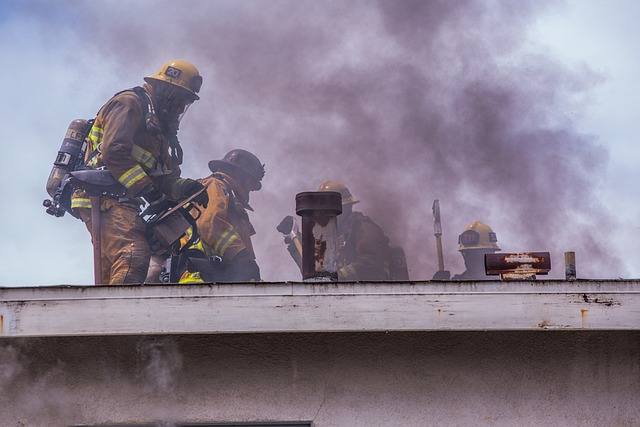
Smoke damage from a fire in Chicago can severely affect homes, damaging structures and air quality……..
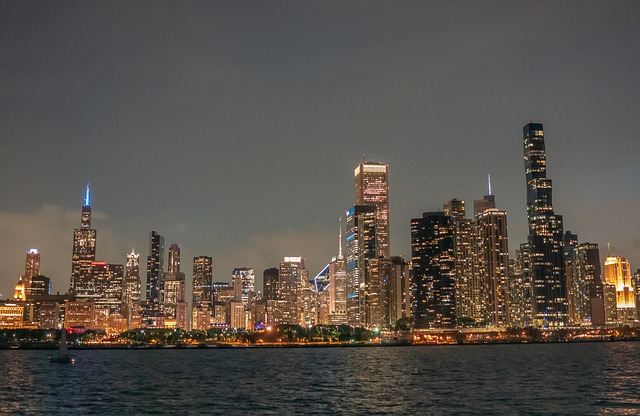
The Chicago housing market, particularly post-fire incidents, has attracted house flipping specialis…….
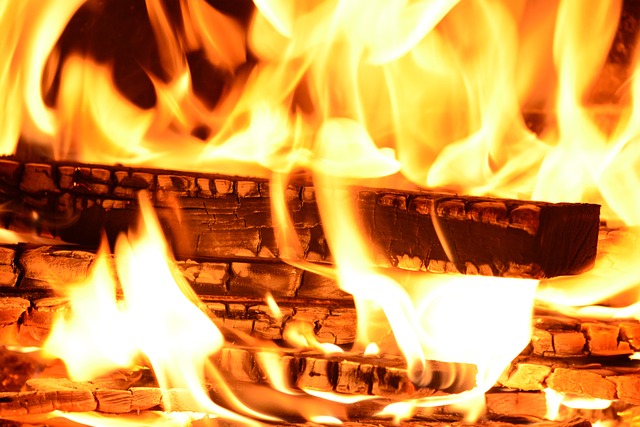
Fire damage restoration in Chicago is a specialized service that goes beyond cleaning. Professional…….
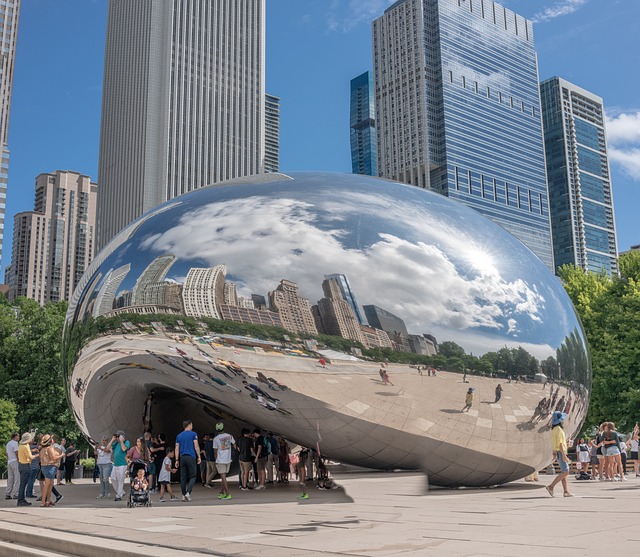
Selling your Chicago home damaged by fire can be a challenging process, but cash home buyers provide…….
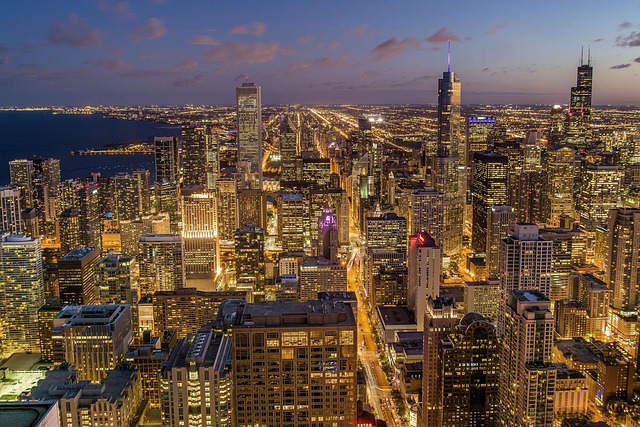
Selling a home after a fire in Chicago requires addressing severe smoke damage for a successful tran…….
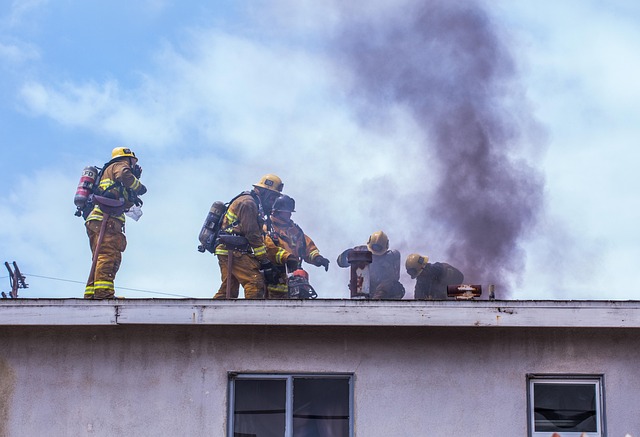
After a fire in Chicago, selling your home requires smoke damage remediation services to mitigate he…….
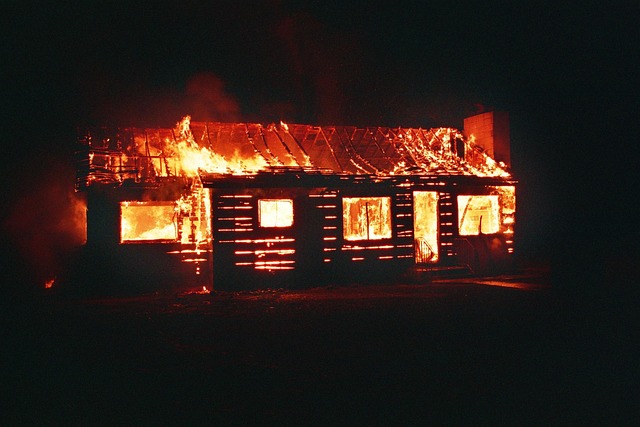
After a fire, selling your Illinois home through specialized auctions can be an efficient and cost-e…….